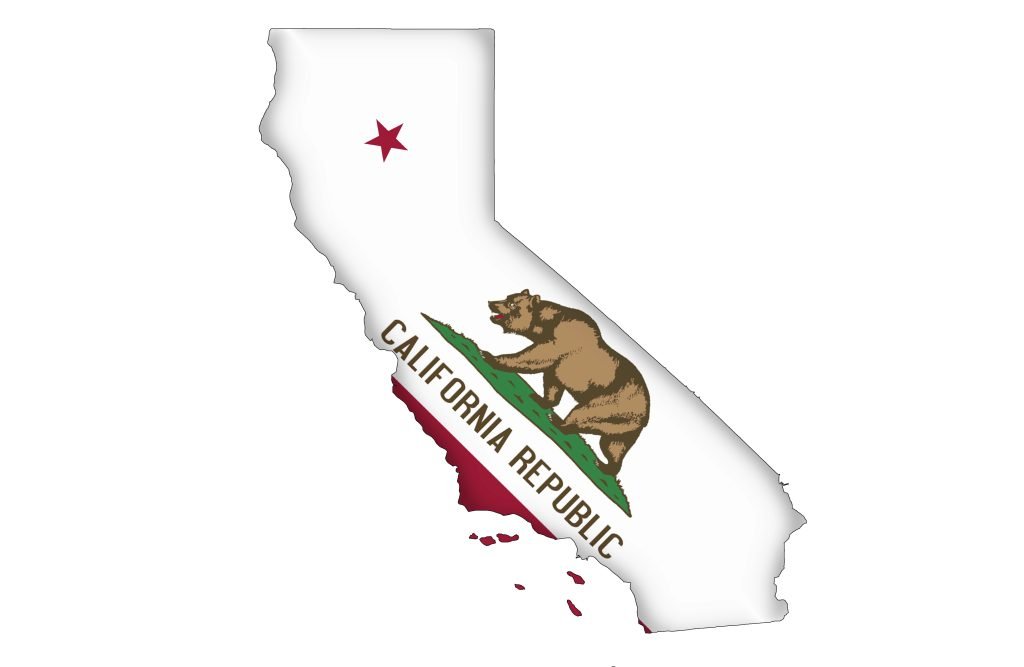November 10, 2010
Pattaya, Thailand
I stared at the sign for a full 30 seconds to make sure I was reading it correctly.
“Dear valued members: Due to rising prices, we are no longer able to provide free water at this facility. We regret any inconvenience caused. Management.”
The gym in Pattaya that I always patronize is cutting costs– and the first thing on the chopping block was the water dispenser. Apparently the second thing on the chopping block was the air conditioning… because they seem to have shut that off as well (without the apologetic note, though).
I’ve been experiencing this sort of thing a lot lately– restaurants have reduced their portions, hotels have curtailed their cleaning and concierge services, and of course, the gym. These are all products or services that used to be included in the price but have since been eliminated.
Simply put, this is just another form of price inflation– in fact, I call it value deflation. Due to rising input costs and an overall higher cost of doing business, managers have had to find way maintain their profit margins. Rather than risk customers’ ire by raising prices, they make small reductions to value– what you get for the price paid.
In other words, customers aren’t necessarily paying more (price inflation), but they’re getting less for their money (value deflation). These are essentially the same, and they arise from the same cause: rapidly expanding money supplies, particularly in the US.
Ben Bernanke has printed an incomprehensible amount of money over the last few years, and one of the results of quantitative easing is that hundreds of billions of dollars have fled the US economy; money managers are looking for something of value other than USD, and this has sparked a rise in both commodities and emerging market assets.
Export-dependent developing economies have had to fight tooth and nail to keep their currencies from strengthening too quickly against the dollar; one of the more common tactics has been to keep interest rates artificially depressed, generally reducing the currency’s appeal in terms of risk-adjusted yield.
By keeping their own interest rates low, though, developing economies’ currencies are losing ground against commodities. Let me paint a clearer picture:
Devoid of meddling bureaucrats, the Sri Lankan rupee should rise against the US dollar similar to the dollar’s losses against major commodities. Because the Sri Lankan central bank intervenes in the currency markets, though, the rupee has stayed at a constant value against the dollar, and hence lost value against commodities.
This helps explain why prices of certain agricultural staples in Sri Lanka have risen 30% in just two months… and why my gym management had to shut off the A/C and get rid of the water coolers. It’s not due to lack of customers– business is brisk. It’s due to rising prices.
If you notice, though, newspaper headlines don’t say too much about inflation– that’s because at the retail level, value deflation is the bigger trend over price inflation… and CPI numbers don’t track eroding value. This gives western bureaucrats plenty of room to argue that inflation is not a concern at the moment, which they often do.
In fact, every time you hear a central banker telling you that he’s more concerned about deflation, it’s time to pause, check your portfolio, and ensure that your wealth isn’t being eroded by their incompetence.
I’ve argued strongly in the past (and will continue to do so) for agricultural property, both as a productive asset and a major inflation hedge. Certain equities can provide similar benefit, especially those that are in the resource sector.
Naturally, physical gold also provides a sound store of value and may some day become a widespread medium of exchange again. I have major reservations about exchange-traded funds, though; they may be useful for speculating on gold prices, but they do nothing for you as a long-term store of value.
SPDR Gold Trust (GLD), for example, is 100% dependent on the whims of the US government, and it’s really questionable how much gold (and what quality) is actually held in custody on behalf of the trust. Read the prospectus and 10-K to see for yourself.
Holding physical gold is a much better inflation hedge than the ETFs, and if you own a lot of it, it certainly makes sense to plant multiple flags and secure a portion of your gold in a private vault overseas.
I’m discussing some updated methods for moving and storing physical gold overseas in this month’s upcoming Sovereign Confidential, and we’ll also have some private vault proprietors at our offshore workshop this coming February in Panama.
On that note, I’m planning on holding a teleconference next Tuesday November 16th at 11am Eastern Time (yep, that’s midnight where I’ll be…) to give you more details and answer your questions about our offshore workshop.
To participate in the call, either over the phone or via webcast, go to this website for more details: http://attendthisevent.com/?eventID=16005873







